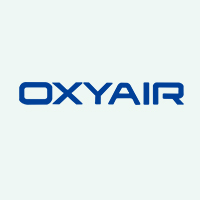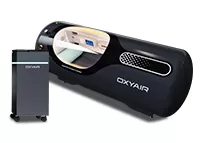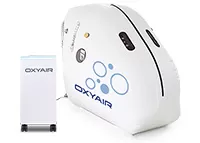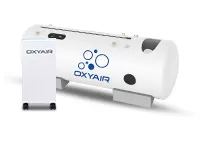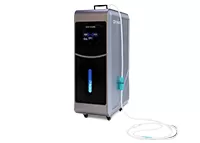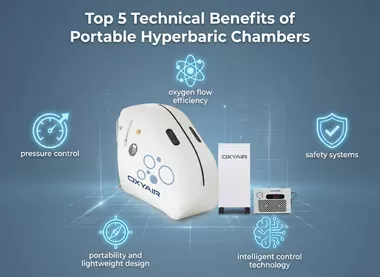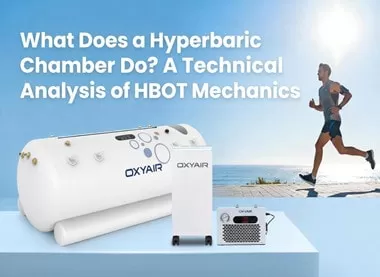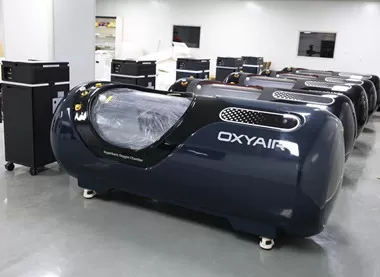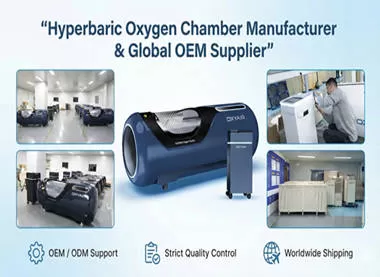What is The Difference Between an Oxygen Concentrator, a Nebulizer and a Ventilator?
What is the difference between an oxygen concentrator, a nebulizer and a ventilator?
Respiratory medical devices are mainly divided into three categories: oxygen concentrators, nebulizers and ventilators. What is the difference between them? When should an oxygen concentrator be used? When should a nebulizer be used? When should a ventilator be used? In what situations do the three need to be used together?
Oxygen Concentrator:
Oxygen concentrators are mainly used for oxygen therapy. Compared with traditional oxygen cylinders and oxygen bags, it is more convenient and more economical for long-term use.
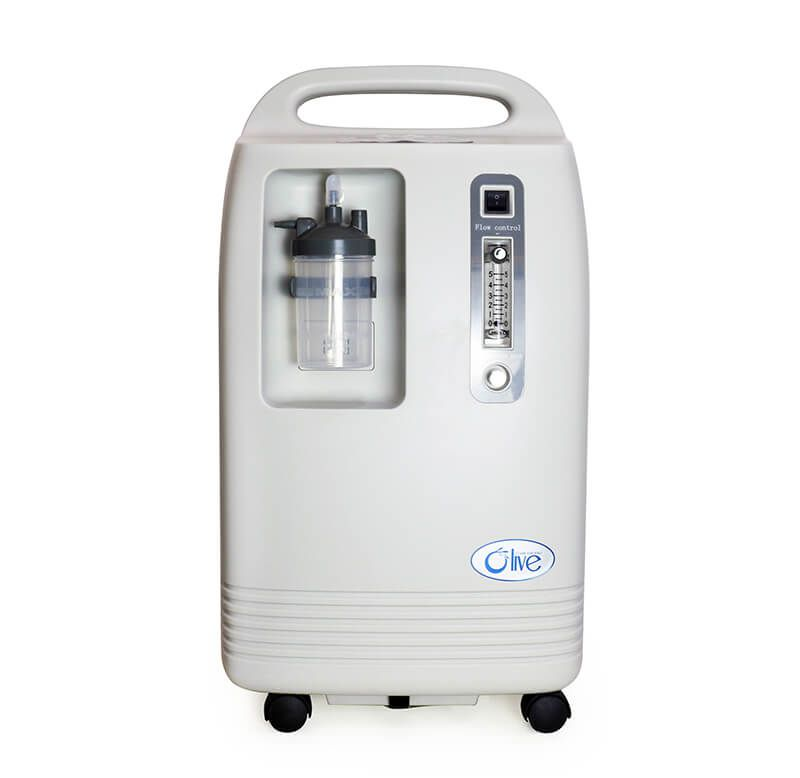
Some chronic lung diseases require short-term oxygen therapy only during acute exacerbations, while chronic lung diseases with persistently low blood oxygen levels require daily oxygen therapy. Oxygen inhalation improves survival in these patients, and the longer the daily oxygen inhalation, the better. Other benefits of long-term oxygen use include reduced heart strain from lung disease as well as relief from breathing difficulties, improved sleep and mobility.
Oxygen cylinder is the earliest and most widely used oxygen production equipment, which belongs to a high-pressure storage container. The bottle is very heavy and must be replaced after use, which is quite inconvenient to carry.
The oxygen concentrator mainly separates oxygen from the air, and when it is connected to the power supply, it can continuously generate oxygen from the energy source, which is more environmentally friendly, safe and convenient.
Nebulizer
A nebulizer is a drug delivery device that is mainly used for aerosol therapy, which is usually used for respiratory and lung infections.
Drugs administered by nebulization must be nebulized into small particles to reach the lungs, and proper use of a nebulizer can help maximize drug delivery to the affected area.
Atomization requires a doctor's prescription. It is best not to use any medicine casually. Only by standardizing the medicine according to the prescription and dosage issued by the doctor can it have a better effect.
Ventilator:
Simply put, a ventilator is an adjuvant therapy device for the treatment of sleep apnea or respiratory diseases.
Snoring is a harsh noise from the nasopharynx during sleep, which is mainly divided into primary and pathological snoring.
Among them, pathological snoring involves sleep-disordered breathing, such as OSA (obstructive sleep apnea), which affects the quality of sleep and increases the risk of cardiovascular and cerebrovascular diseases, hypertension, and stroke.
Although the ventilator cannot cure snoring, the ventilator is the first choice for the treatment of snoring that is currently recognized at home and abroad.
The main working principle is CPAP (continuous positive airway pressure), which maintains a constant positive pressure in the upper airway through a small mask installed on the nose or mouth and nose, which can prevent the narrowing or collapse of the airway during inhalation and avoid the seriousness of OSA. Symptoms and long-term consequences.
From the above comparison, it is not difficult to see that whether it is an oxygen concentrator, a ventilator or a nebulizer, they are all necessary auxiliary treatment devices for patients with respiratory diseases. They have different functions, but they often need to be used together.

